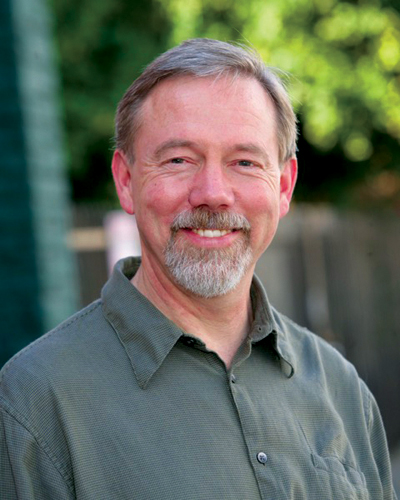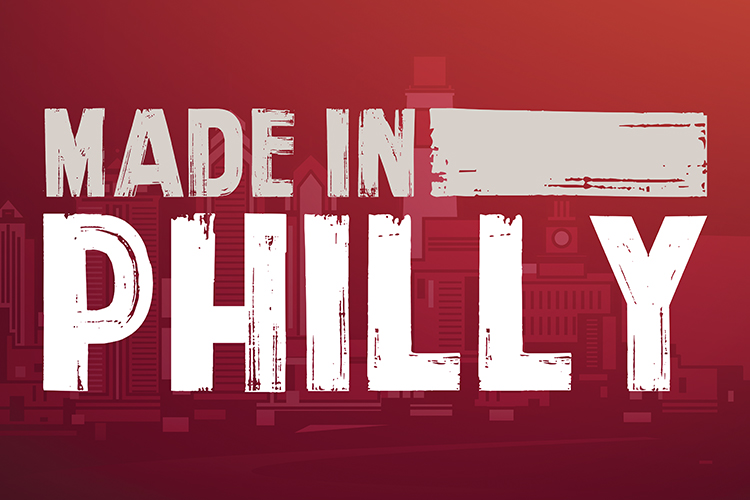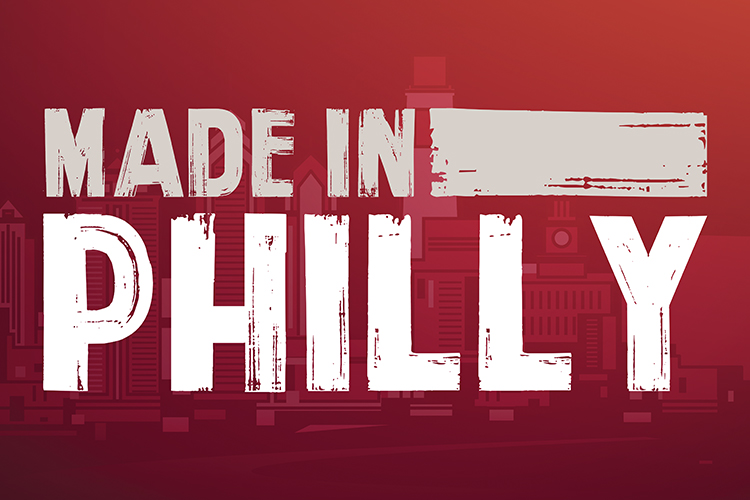Regeneration Nation
interview by Heather Shayne Blakeslee
Long before the triple bottom line, which takes people, planet and profit into a business’s accounting ledger, and biomimicry, which looks to nature to solve challenging design problems, there was permaculture. The word, first coined in 1978, was used to describe methods of farming that would feed the world’s growing population without the temporary solution of toxic fertilizers and pesticides. The definition of permaculture has since expanded into a philosophy or an approach that works with nature instead of against it, and it’s now just as suitably applied to planning a city as plowing a farmer’s field. In his book The Permaculture City, practitioner Toby Hemenway explores the ways that we can use permaculture principles to create regenerative urban environments.
Sustainability advocates are familiar with triple bottom line thinking. But the Venn diagram of permaculture is different. The three ethics are: care for people, care for the earth and return surplus. The third is a different way of talking about economy.
TH: The idea is that if you care for people, if you do good things for people and take care of them, then they will generate more than they need. We certainly know it with the earth. We know that if we’re good to the earth, if we take care of soil and biodiversity and those kinds of things, we will generate much more than we need. There’s always surplus. So, the question is, what do you do with that surplus? A good bit of it needs to get reinvested into the system that created it… If you just spend that surplus, then the system eventually gets depleted. It needs to be reinvested back to generate wealth.
You say in your book, The Permaculture City, that 50 percent of the world’s population lives in an urban area, and postulate that, “if we can’t create regenerative urban cultures, what happens elsewhere hardly matters.” Why regenerative?
TH: We’ve depleted so many of the earth’s systems that we need to be doing better than sustainable. We need to move to regenerative systems or regenerative ideas and regenerative behaviors, which actually create more than what you’d invested into them. And that’s really how living systems work. They take the resources available and create something new, create something more productive, bigger, richer, more complex. You plant one seed, and you end up with a plant that makes hundreds or thousands of seeds.
Sustainability is just kind of a midpoint between systems that are degenerative and systems that are regenerative. We really need to be working with regenerative ones to repair the damage that we’ve done… ecologically as well as socially and culturally.
Do you want to give an example of what you mean?
TH: Things like local currencies… supporting local agriculture and local businesses, where the money and the resources—instead of being drained out of the community, which is definitely a degenerative activity—are reinvested back into the community.
To what extent is permaculture a way of thinking versus a set of techniques and practices?
TH: I think of permaculture as a design approach, and that frees you to use really any appropriate technique. You’re not limited… There are 50 ways to make a compost pile and 50 ways to make decisions in groups, and so the idea is… it helps you go through a process to arrive at which technique and which method we should be using of the possible ones that we have to use.
You wrote of you and your wife moving from Seattle to rural Oregon in the ’90s: “We lived in the wild, but our long umbilical cord to civilization used a lot of metal, plastic, rock, and fuel to build and sustain.”
TH: I was going to use fewer resources there and do the “back to the land” thing, and live a more sustainable life. And what I found was really the opposite happened. Suddenly, I had to be driving really long distances, we were really dependent on long lengths of wire, and pipe… when the neighbors put in cable TV it was a quarter-mile of cable that had to run from the street to their house.
Rural life as it’s presently constituted in the United States actually consumes more resources than city life. In the city, I was able to leave my car for days on end and just walk or ride my bike places or take public transportation, where living in the country I had to drive 20 minutes to get anywhere. The same infrastructure that supports us in cities is supporting us out in the country, but there are much longer distances that things need to be transported, so you wind up in this culture using more resources in the rural life than as an urban person.
You see people retreating to the suburbs or forced to live in ghettos as a design failure. At its heart, permaculture is a design challenge and call to action. How are we faring?
TH: Steps are being taking really slowly. People are recognizing—identifying, say—food deserts or places that are drastically underprivileged and really trying to do something about it on a local level rather than waiting for federal aid or that sort of thing I’m still not that optimistic at the moment about suburbia because you have all this infrastructure that is really dependent on the automobile and cheap fossil fuels… I think we’ll probably wait until new oil prices come up before suburbs start to become a little more self-reliant rather than being these appendages of big cities where everyone commutes.
You identify the three major functions of cities. The first two are very practical—acting as places for trade and markets, as well as serving as a locus for security in the form of government and law. Why is the third, a city as an “inspirational gathering space,” so important?
TH: A synergy effect happens when we’re around other people … There’s some really good research that shows that not only do most innovations and ideas come out of urban areas, that there is kind of exponential effect… a city that is 10 times larger than another will have 17 times more innovation in terms of new patents, music and books. It even scales up more where if you have a city that’s 50 times larger than another: it will have 150 more times innovation.
It breaks up the myth that innovation is coming out of cities because a different kind of person lives there, and puts the focus on the idea that there are more people [in cities] in general.
TH: Right. It is something that happens when we get together. I don’t think it is that there are special groups of people in cities; I think that it’s just that we inspire one another when we’re together in groups.
You say in the book that, “the urge to rationalize and give order to cities… culminated in the dehumanizing urban-renewal projects of the 1960s.” That top-down planning period was chronicled—and critiqued—in Jane Jacobs book The Death and Life of Great American Cities, where she argued that all planning should be local and transparent.
TH: When I looked at cities like, say, Portland, or Seattle or Chicago—cities that seem to be in pretty good shape these days—they have a very strong sense of neighborhood… That to me is a really good example of what Jane Jacobs is talking about—that cities are messy, and made up of loosely connected parts rather than being a unified organism. You get more creative ideas coming out of the grassroots, bottom-up system of organization rather than a mayor who is trying to run everything.
You compare designing the complexity of a city to a garden: you plan it, you plant it and then the garden takes root and self-organizes and behaves in ways that you didn’t anticipate. Sometimes
that presents a challenge; other times you get a pleasant surprise.
TH: People in human systems are just inherently complex and inherently dynamic, and they constantly change… So, the idea that we can really dictate people’s behavior and plan exactly how we’re going to respond to things really doesn’t take anything about human nature or complex systems into account.
I like to talk about the idea of “design without design,” where… we’re creating the conditions for the things that we want to see happen rather than trying to force a particular set of outcomes. You set the conditions and stand back and let things sort of emerge from that.
This happens in things like a well-designed park… if you create a park [in which] people are going to want to come together, then gatherings will happen. They’re spontaneous, and really interesting events will be supported by that park, as opposed to something that is 100 percent planned out.
In permaculture, there’s also a set of principles based on attitudes. So, it’s really also about intention.
TH: It’s really our own frame of mind, and experience and frame of reference, that really sets the stage for the design, or whatever it is that we’re doing. If we’re not aware of our own attitudes and our own prejudices and our own limitations, then we’re going to be making unwarranted assumptions about what we’re capable of… the biggest limitation to the yield of any design is the designer’s imagination. You’ll probably run into the limit of your own ability long before you run into the biological limits of the system that you’re dealing with.
One of the attitudinal principles is that we can learn from our mistakes. Mistakes are not a bad thing. It’s rare that our mistakes are so catastrophic that [they] destroy everything. If we’re learning from our mistakes, we’re advancing, and if we’re not making mistakes, then we’re probably not trying anything new anyway. Mistakes are a really good indicator of learning.
A lot what is in here is very, very practical, and could be used by just about anyone who is
approaching a design problem.
TH: It actually has a huge amount of application in a lot of different fields… permaculture is really wide ecology. We’re learning how natural systems work… That’s part of what permaculture really tries to build on: four billion years of an R&D program that nature has been doing for us.
Toby Hemenway is an author, professor and permaculture practitioner who lives in California.











